Authorities have used DNA databases to search for partial matches in order to solve cold cases. The idea is that these partial matches are likely relatives of the suspect and authorities can focus on investigating relatives of any partial matches. This technique was used to catch an elusive serial killer nicknamed “The Grim Sleeper” in California. Although, police had a full DNA profile of a suspect, they could not find a match in any databases, so they looked for partial matches and discovered that the suspect had a brother in custody. This lead to the capture of a suspect who was later convicted.
While the technology could potentially help police officers solve cold cases, the technique is not without controversy. Due to the much higher proportion of minorities in DNA databases, there is fear that minority communities will be more likely to be under surveillance or suspected of a crime than non-minority communities. Additionally, the technique has lead the police to wrongfully suspect people of crimes they did not commit. One man from New Orleans was interrogated for more than three hours after he was suspected of a crime when a relative was a partial match in a case. After police took a saliva swab, it was determined that the man’s DNA did not match the suspect.
While many states are using the technique sparingly, only two jurisdictions have banned the technique: Maryland and Washington, DC.
http://www.latimes.com/local/lanow/la-me-familial-dna-20161023-snap-story.html


Leave a Reply